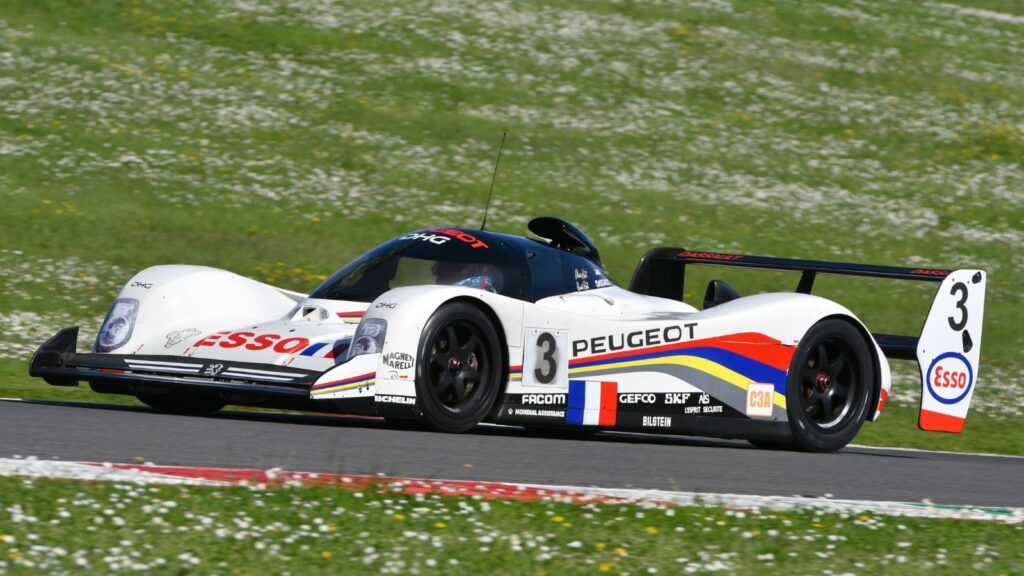Many viewers are captivated by the fascinating events and races that have shaped the auto racing industry. However, some groundbreaking moments have influenced the vehicles and standards of these races. Be it key innovations or safety features, these moments have shaped the trajectory of auto racing forever. Here are 14 of them.
The First Grand Prix
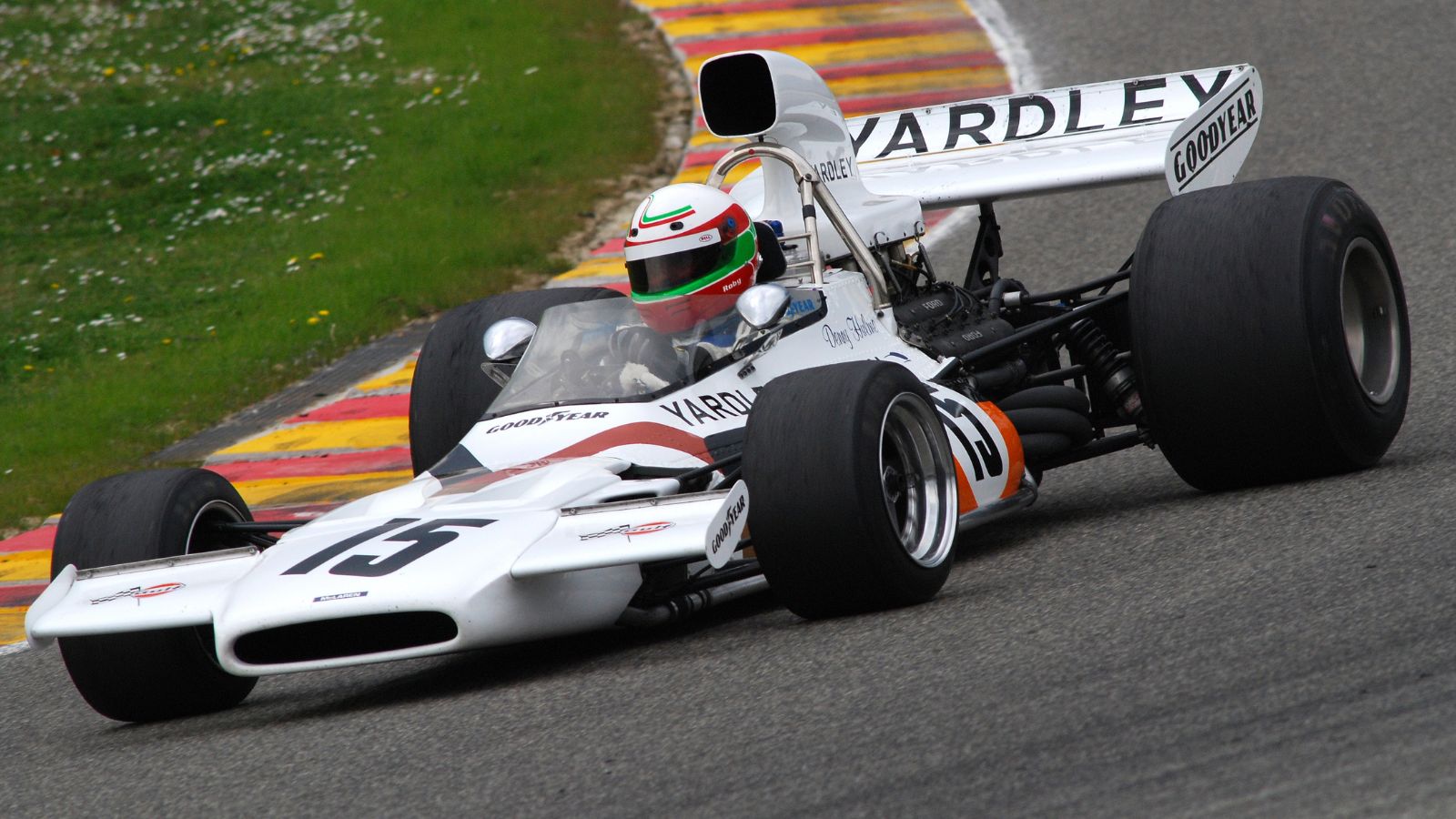
The first automobile race is recorded to have taken place in July 1894, but the first French Grand Prix, which commenced in 1906, was also a major moment. The Grand Prix exists to this day and is flourishing as ever, one of the greatest automobile races. The first Grand Prix featured 32 cars, including brands such as Renault, Fiat, and Mercedes. The total distance to be covered was around 1,200 kilometers in 2 days, which Hungarian driver Ferenc Szisz won on his Renault.
Birth of the Indianapolis 500
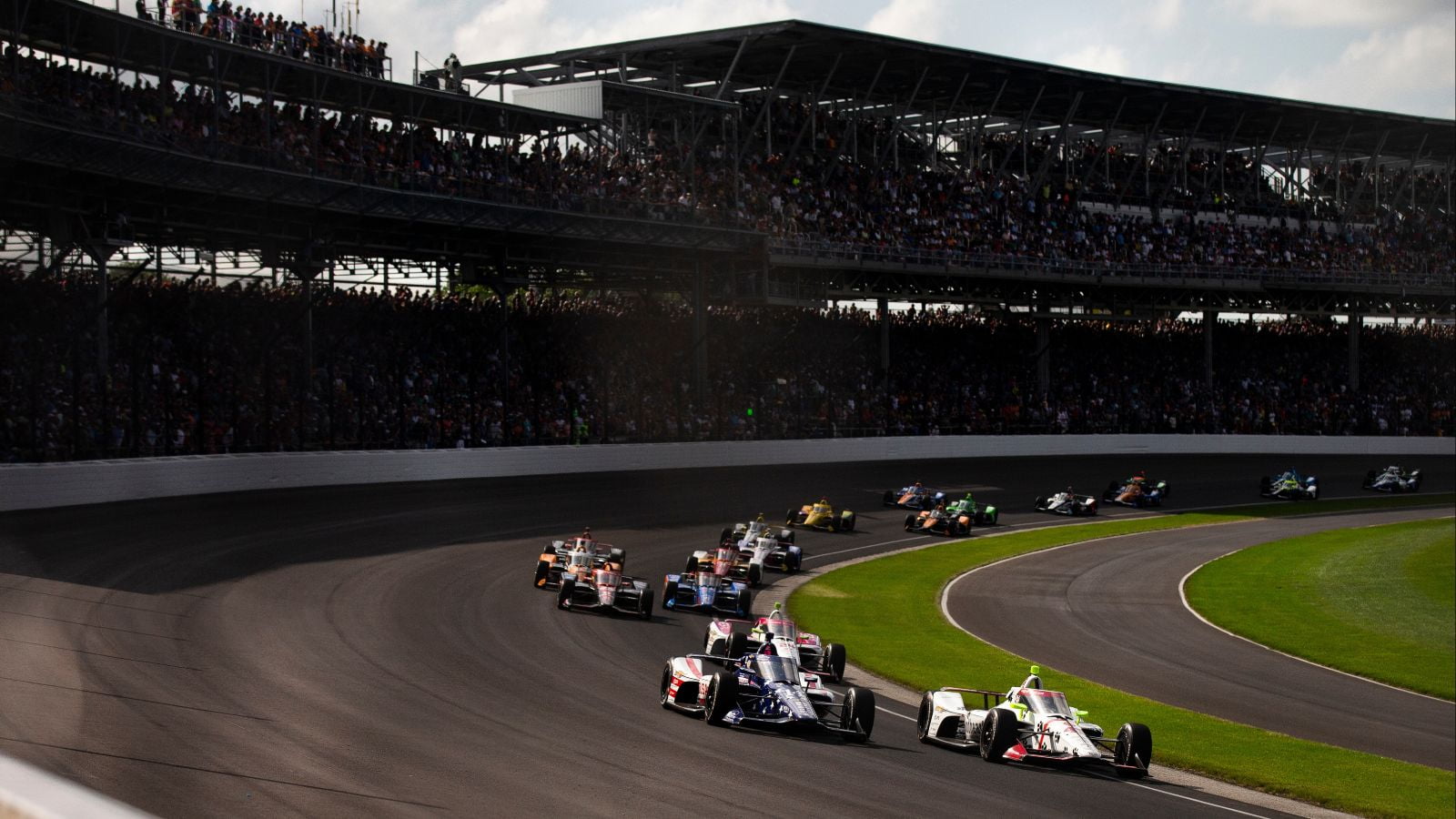
The Indianapolis 500, or Indy 500, is an annual race held at the Indiana Motor Speedway. The first Indianapolis 500 was held in 1911 and won by Ray Harroun, driving a Marmon Wasp in only seven hours. This race has garnered a huge and loyal fanbase that keeps traditions such as pre-race and post-race festivities alive. Perhaps the most famous traditions are the Victory Lane bottle of milk and the singing of the chorus of “Back Home Again in Indiana.”
The Introduction of the Rear View Mirror

While the Indianapolis 500 inauguration race was a key race in auto racing itself, the introduction of the rear-view mirror was another innovation. It was used by the winner of the race, Ray Harroun, who attached the mirror to his Marmon Wasp. It gave him the edge in the race as he did not always have to check for competitors, a common practice while driving at that age. This innovation changed auto racing forever, making this simple yet revolutionary device standard in all vehicles.
Mercedes Benz’s Silver Arrows

One of the critical moments in auto racing history is the glorious period of Mercedes-Benz during their “Silver Arrows” era. This era marked the beginning of their dominance, starting with a significant victory at the international “Eifelrennen” (Eifel Race) at the Nürburgring. Mercedes introduced their new W25 racing car, which won its debut race and was driven by Manfred von Brauchitsch. It showcased the brand’s power and commitment, highlighting the importance of aerodynamics in racing.
Inception of Formula 1
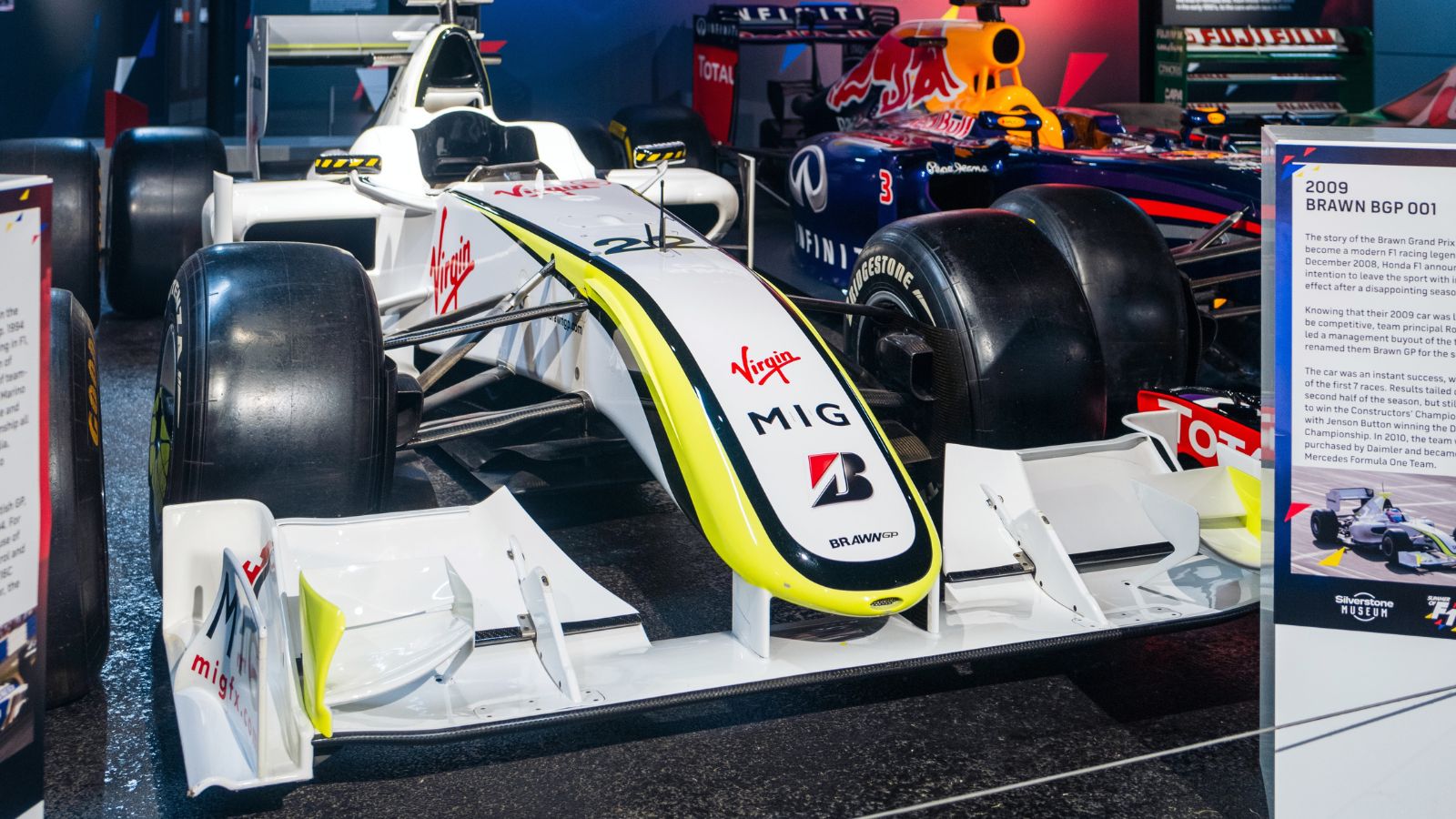
Formula 1 originated from the World Manufacturers’ Championship (1925–1930) and the European Drivers’ Championship (1931–1939). It unified various Grand Prix races under it and officially began in 1950 with seven races. The British Grand Prix at Silverstone was the most famous, where Giuseppe Farina won in an Alfa Romeo. The Formula 1 races laid down rules and regulations, ensuring an equal playing field for all the participants globally.
The Le Mans Disaster
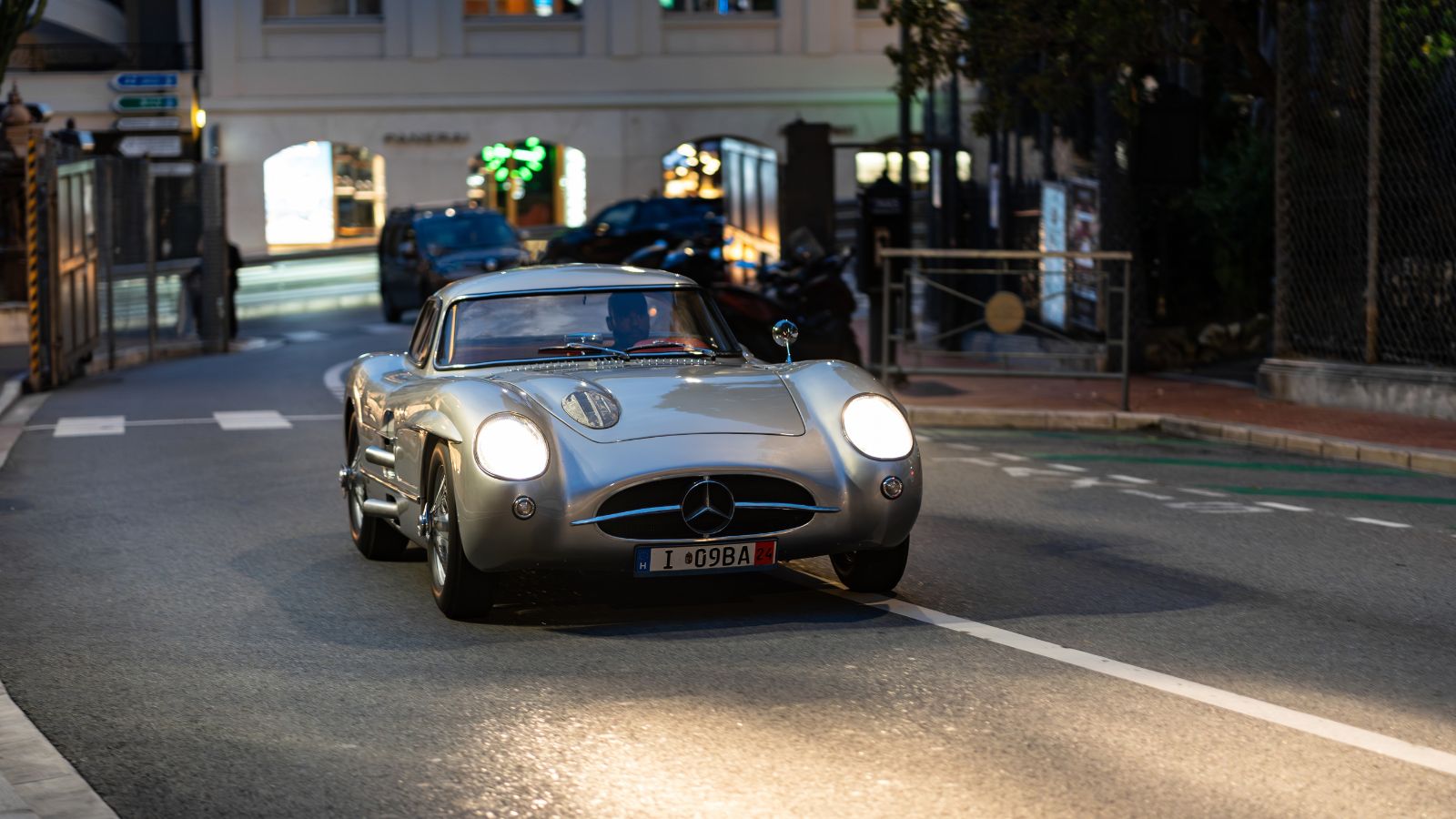
One of the most unfortunate moments that changed auto-facing forever occurred in 1955, 24 Hours of Le Mans. It was a black day for auto racing, where Pierre Levegh’s Mercedes-Benz 300 SLR lost control and crashed into the audience. This crash into the stands resulted in the death of the driver, 83 spectators, and injuring over 180. It sent shockwaves down the world, after which security measures and better track regulations were adopted.
The Introduction of the Rear-Engine Formula 1 Car
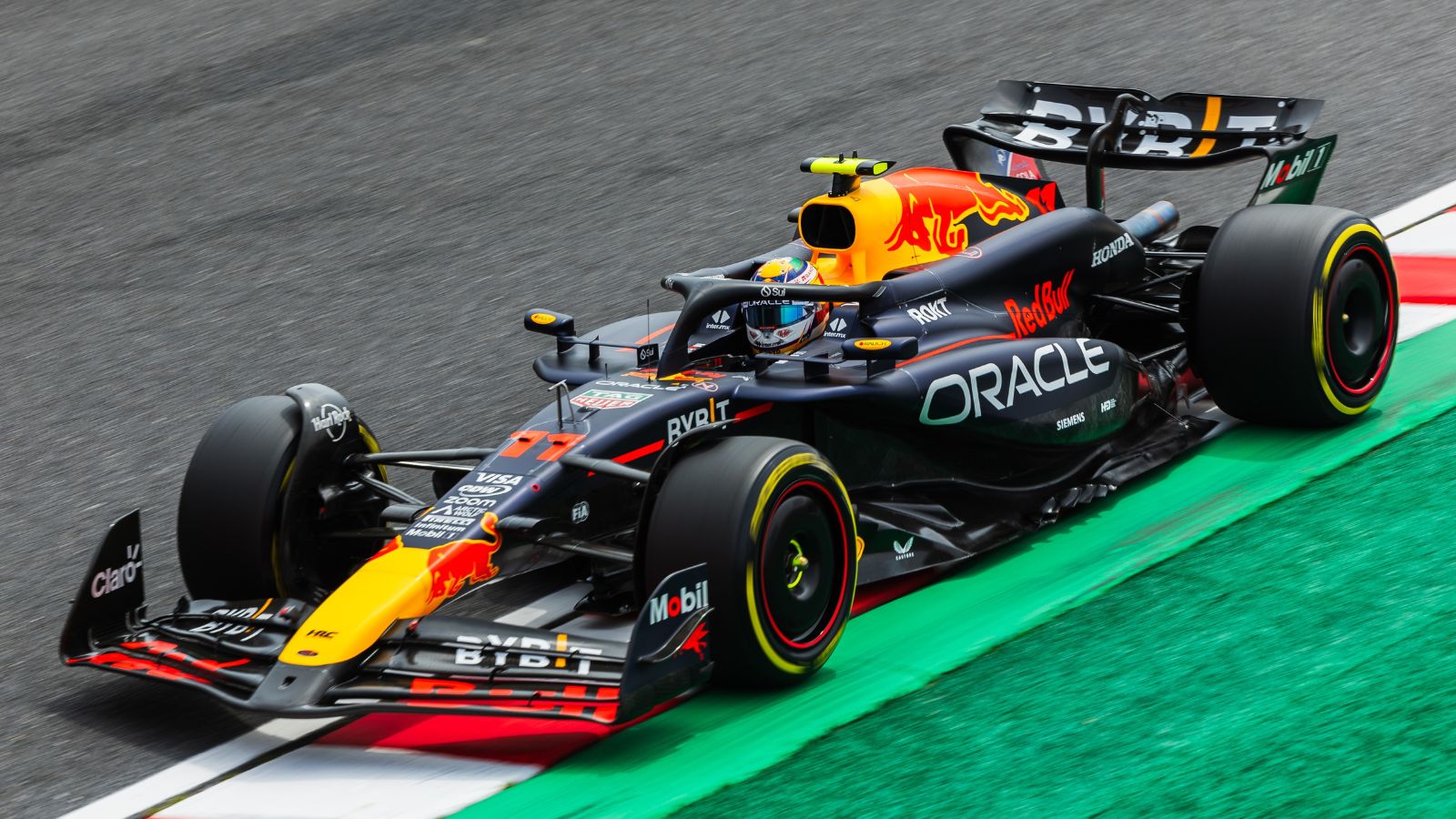
A key innovation was the introduction of the rear engine, which began in Formula 1 with the Cooper T43. Until 1957, most cars participating in Formula 1 featured a front-engine layout. The Cooper T43, created by British engineers, placed the engine behind the driver to enhance the handling and cornering ability. Stirling Moss drove this vehicle at the Argentine Grand Prix in 1958 and won, making this the first rear-engine car to win a race.
The Safety car
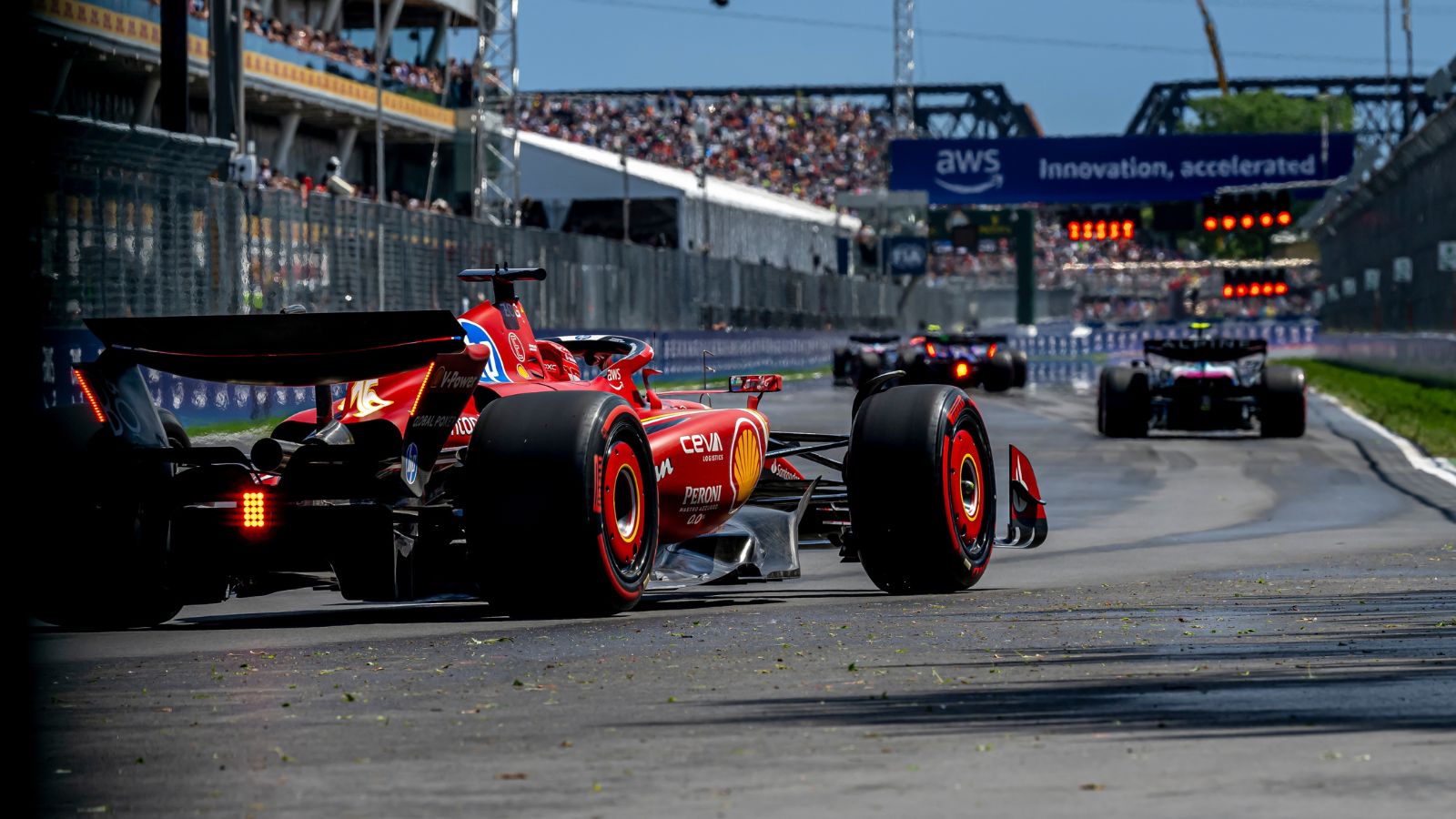
When the safety car was introduced for race safety, everyone thought it was absurd as it could be a potential roadblock. However, the safety car has emerged as one of the key innovations in auto racing history, first being seen at the 1973 Canadian Grand Prix. These cars were formally introduced in 1993 with the main aim of neutralizing dangerous weather and monitoring the speed of the cars. These cars act like pacers, enabling clearance of any obstacle and reducing the risk of accidents.
The First Turbocharged Racing Car
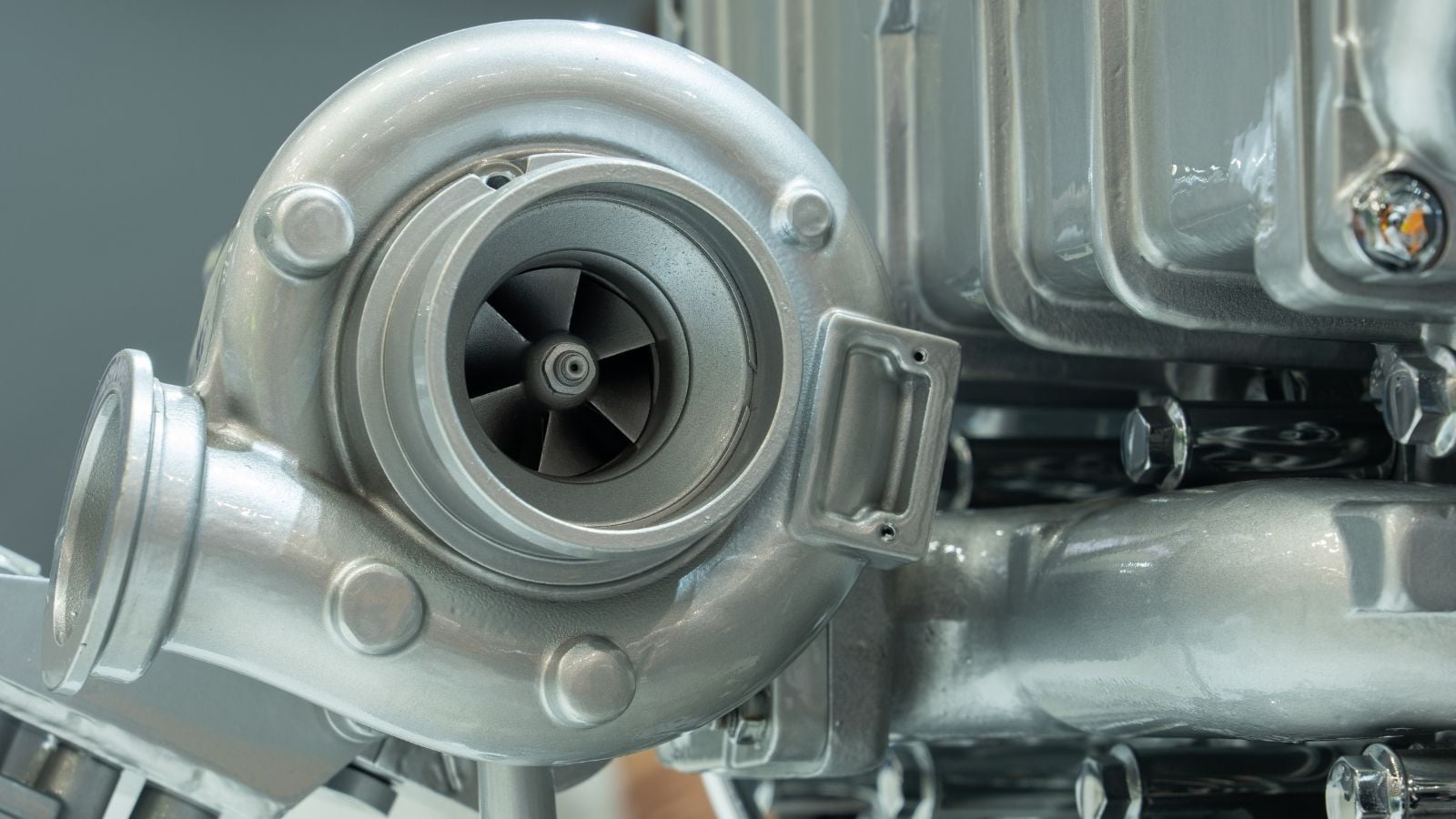
The first turbocharged racing car was the Renault RS01, which first appeared in a Formula 1 race in the 1977 British Grand Prix. Powered by a 1.5-liter turbocharged V6 engine, this vehicle drifted away from naturally aspirated engines. Surprisingly, this vehicle was also the first to use radial tires, demonstrating extreme performance and handling. The vehicle designed by André de Cortanze and Jean-Pierre Jabouille soon became a blueprint for manufacturers such as Ferrari and BMW, who adopted the turbocharged engine.
Senna vs. Prost, Rivalry Of The Turbo Era
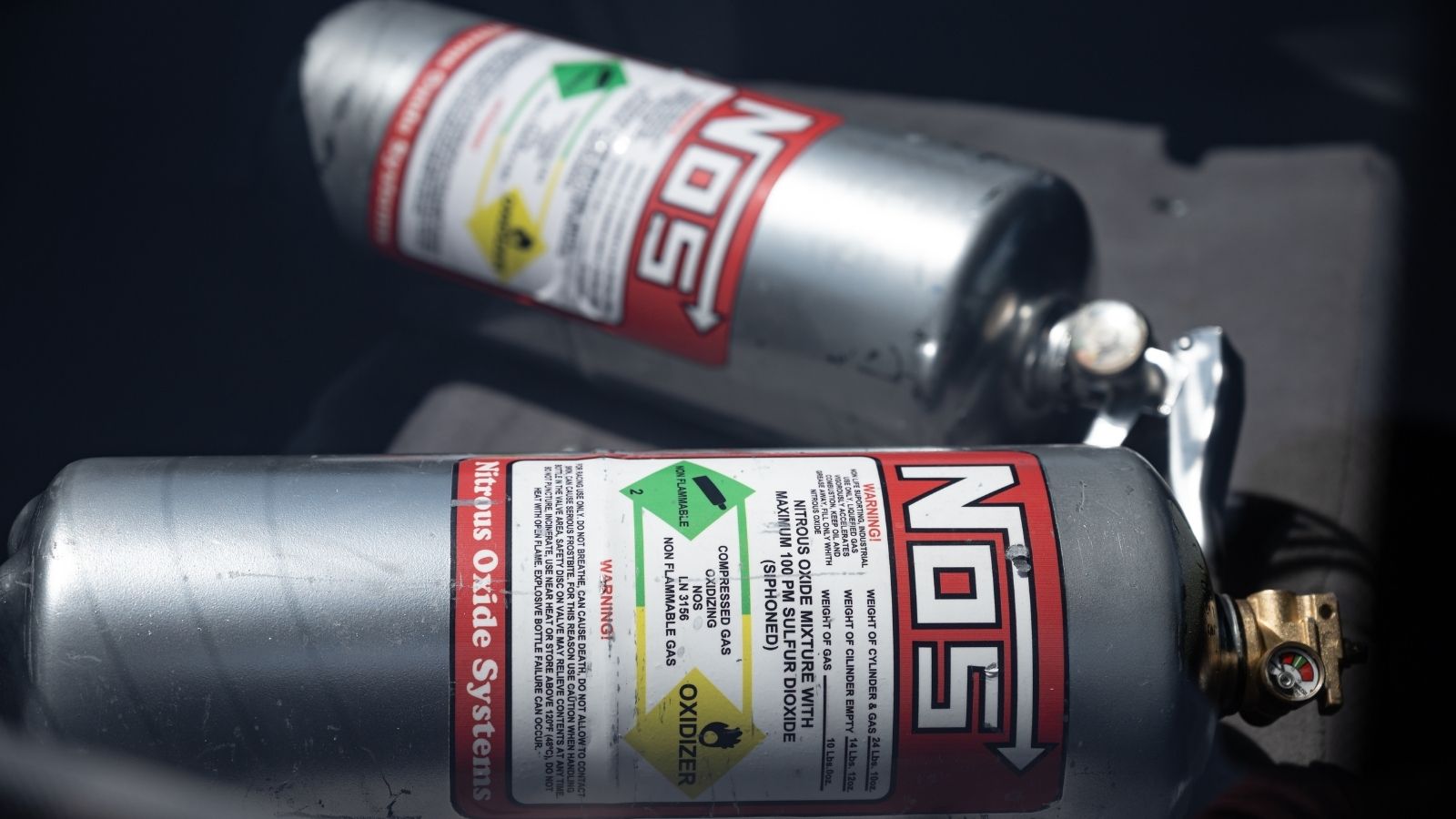
The rivalry between Ayrton Senna and Alain Prost became a crucial feature in auto racing history, dating back to the late 1980s. Things took a fierce turn during the 1989 Japanese Grand Prix, where Senna collided with Prost during the race’s final lap. This caused Prost to depart from the race, a significant moment that took away his title. Following this, Prost left McLaren and joined Ferrari, leading to the rivalry between McLaren (Senna) and (Prost) Ferrari.
The Death of Ayrton Senna

May 1, 1994, is observed as a black day in auto racing, a watershed moment because of the death of Ayrton Senna. He was the three-time world champion who unfortunately crashed at Imola’s Tamburello corner during the 1994 San Marino Grand Prix. The Brazilian government declared three days of national mourning for the legend, and his memorial statue still stands at the tunnel entrance under Ibirapuera Park. The legacy of Senna is immortal, and his death urges the industry to take strong measures in terms of safety.
NASCAR’s First Televised Race (1979)
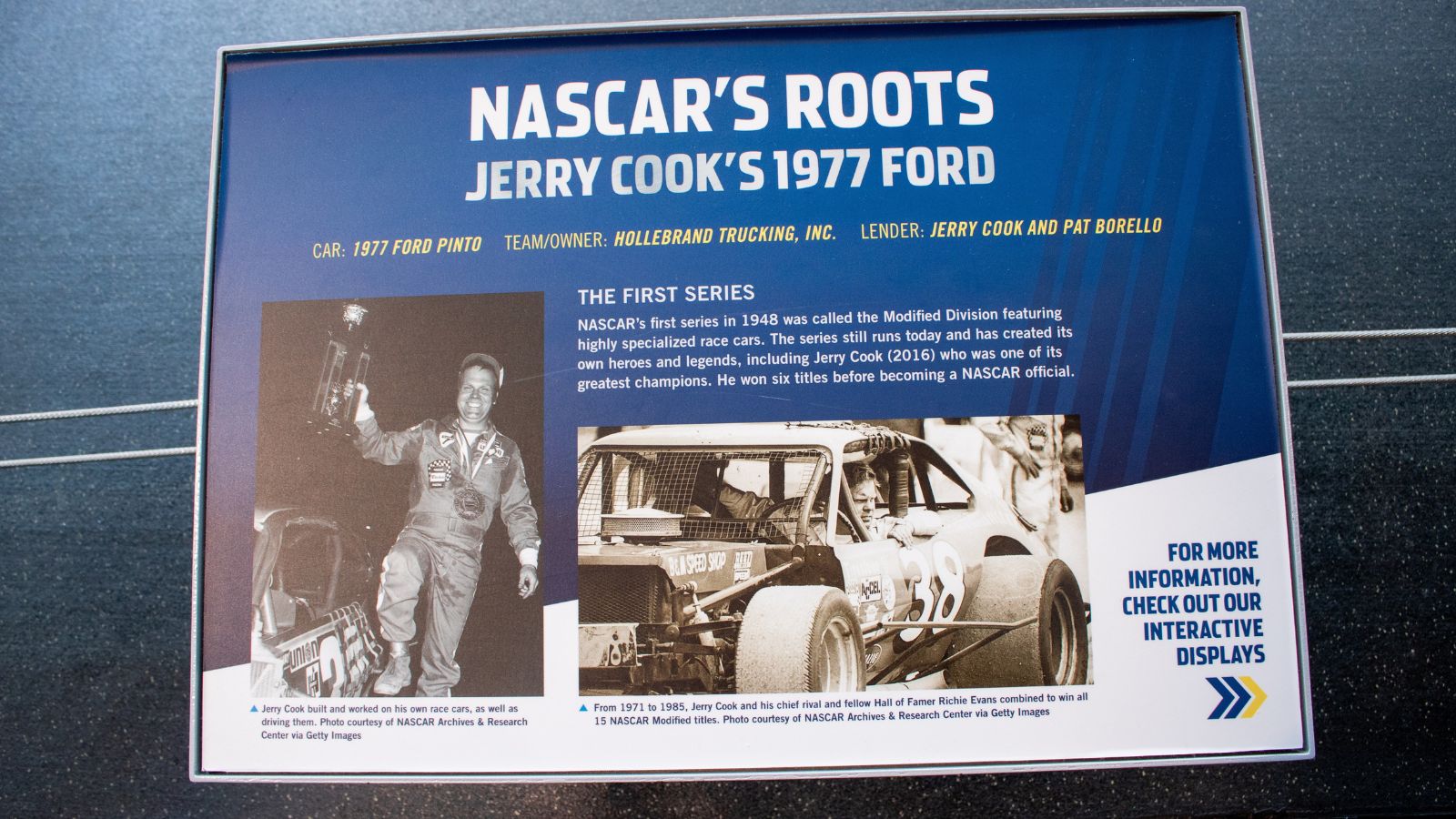
Despite NASCAR commencing its first race in 1948, the full races were not televised nor aired on the radio until 1979. Before this period, only 15-30 minute packages were available, aired by the CBS Sports Spectacular and ABC Wide World of Sports. The 1979 Daytona 500 was a crucial moment in auto racing when the race went live on TV. The fight between Cale Yarborough and Donnie Allison further captivated the viewers, increasing its popularity.
The Introduction of Anti-Lock Brakes
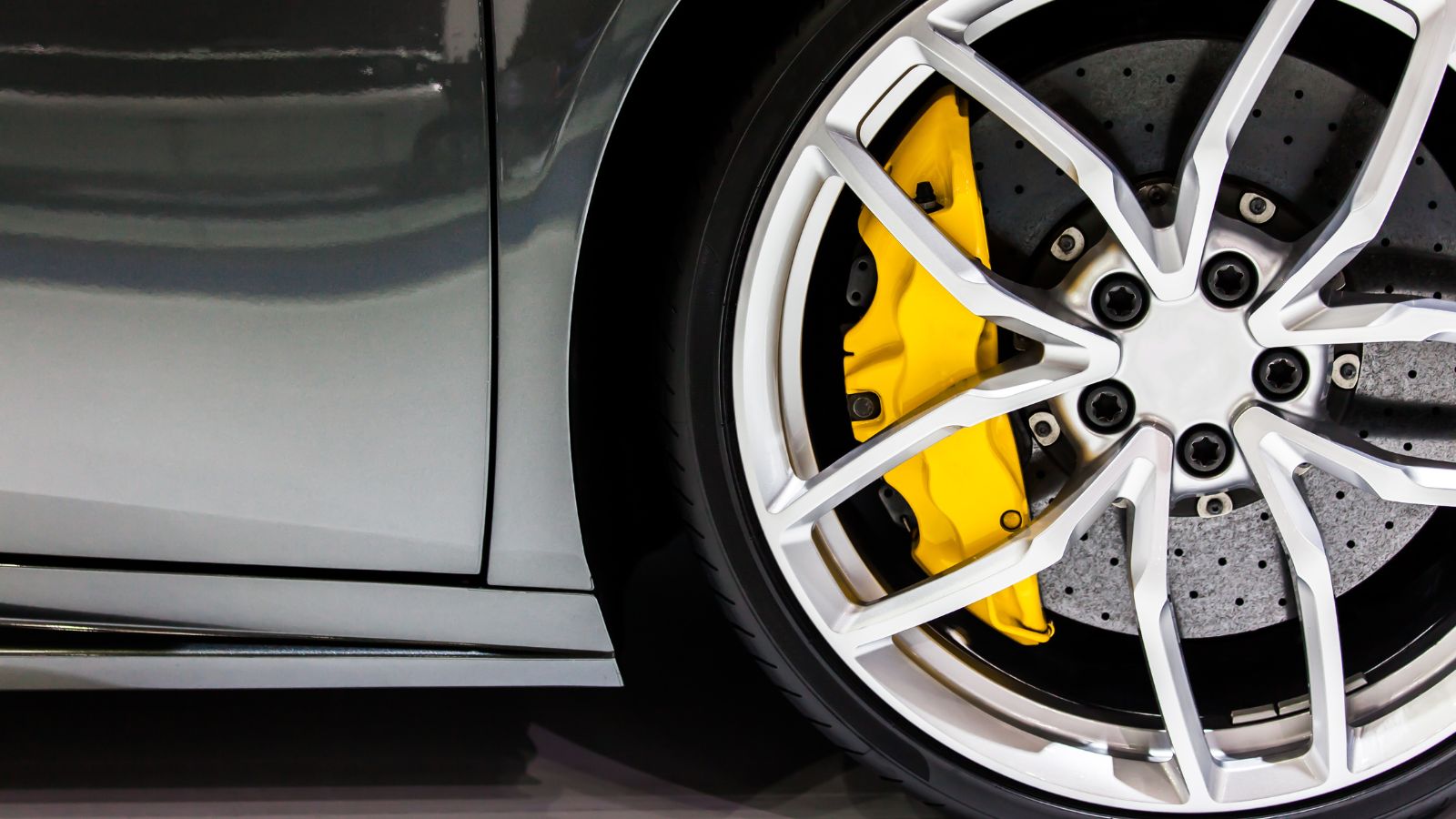
The anti-lock braking system was a critical automotive industry innovation, soon finding its way into auto racing. It was used in road cars in the 1970s, with Nissan offering Electro Anti-Lock systems in 1971. It was revamped and upgraded for racing or heavy braking, notably by Porsche in the 1986 Porsche 962C. It helped drivers gain better traction and stability, especially in endurance races like Le Mans.
Halo Safety Device

The Halo Device in F1 is relatively new, introduced in 2018. The halo is a titanium curved bar with a driver crash protection system that is above the driver’s head. Initially, it received mixed responses, with critics lashing it for messing with the car’s aesthetics. Despite the criticism, this device successfully protected Charles Leclerc in 2018 and Romain Grosjean in 2020 after their vehicles crashed. Grosjean successfully escaped from his vehicle and, in an interview, said, “I wasn’t for the halo some years ago, but I think it’s the greatest thing that we’ve brought to Formula 1, and without it I wouldn’t be able to speak with you today”.
14 Supercars Under $100K That Deliver Breathtaking Speed and Style
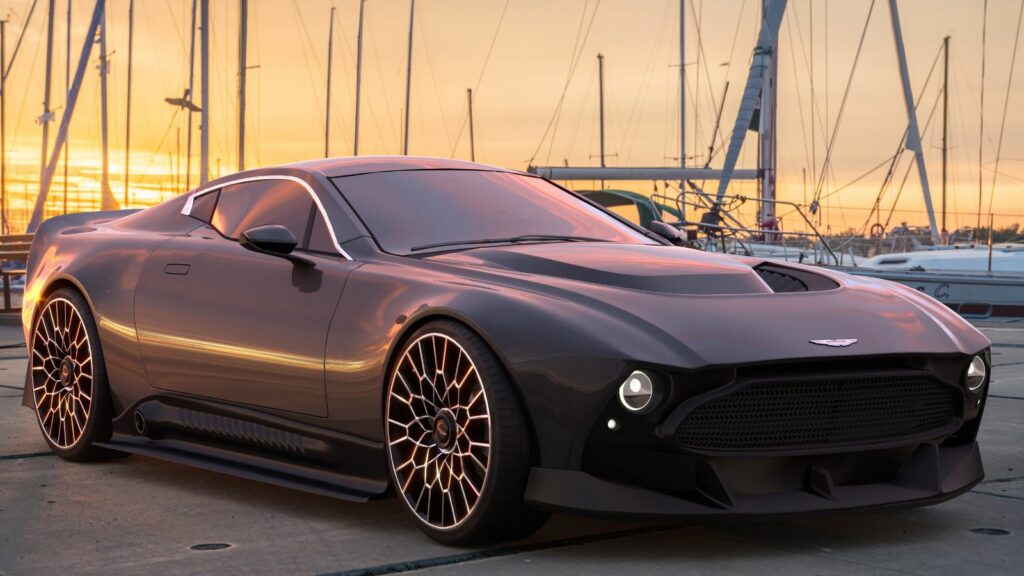
When you think of supercars, names like Ferrari, Lamborghini, and McLaren often come to mind, along with their staggering price tags. However, high-performance vehicles aren’t exclusively reserved for the super-rich. There exists a sweet spot where speed, style, and (relatively) sensible pricing converge, offering thrilling rides without completely obliterating your bank account. Hop in as we explore 14 underrated supercars under $100K.
14 Supercars Under $100K That Deliver Breathtaking Speed and Style
